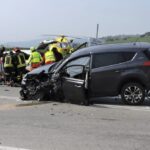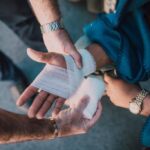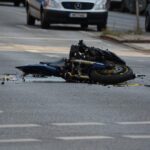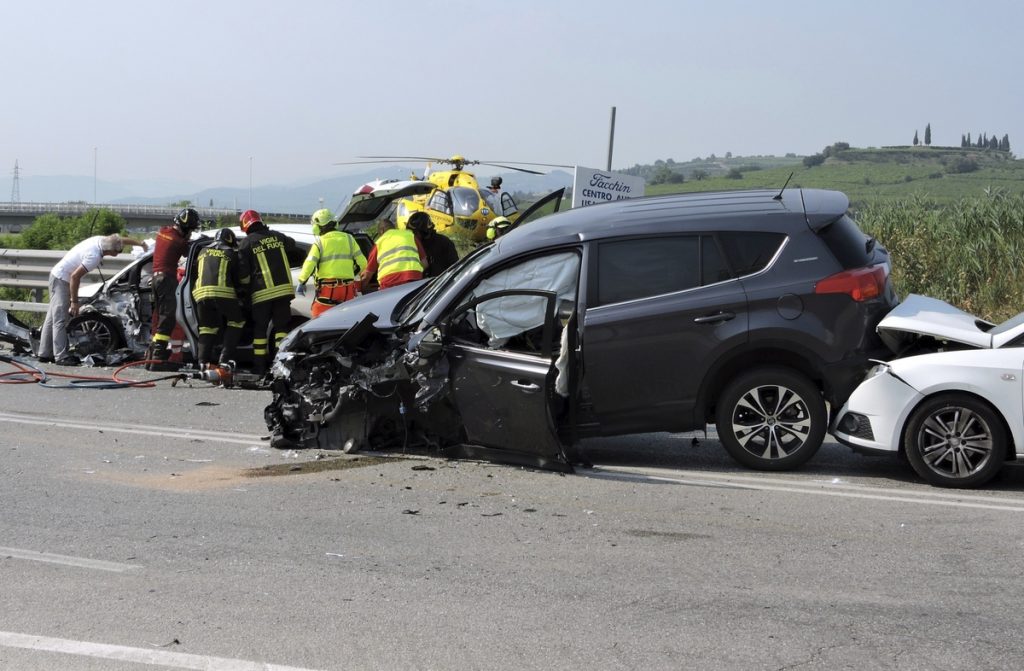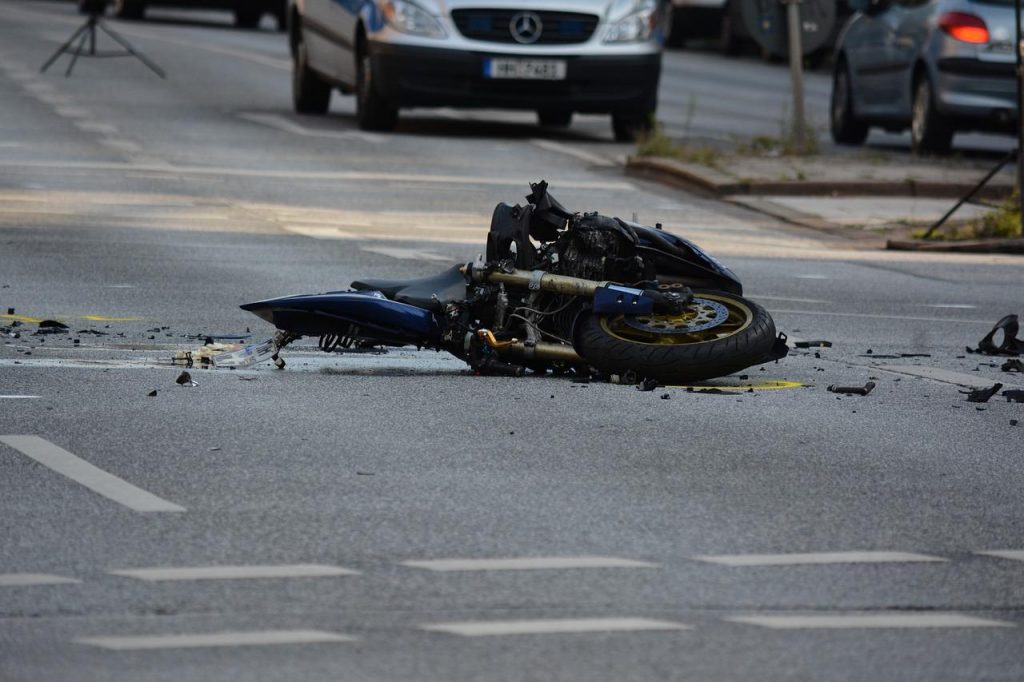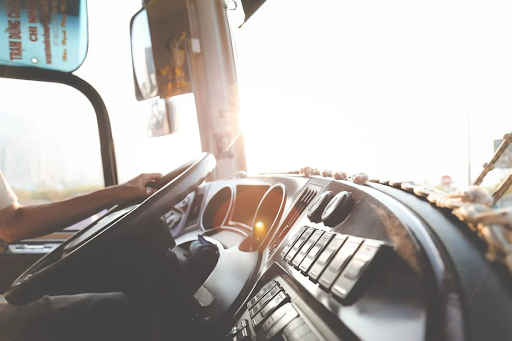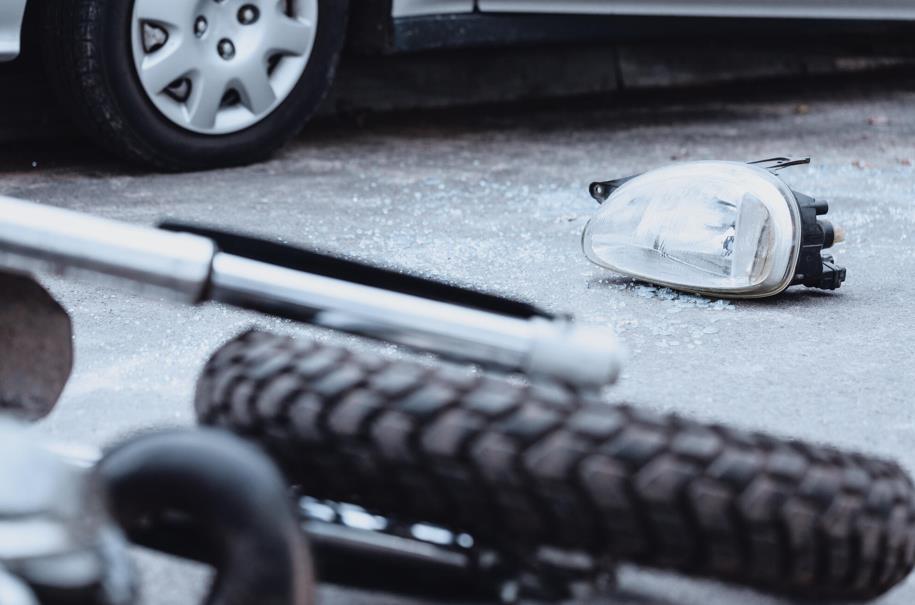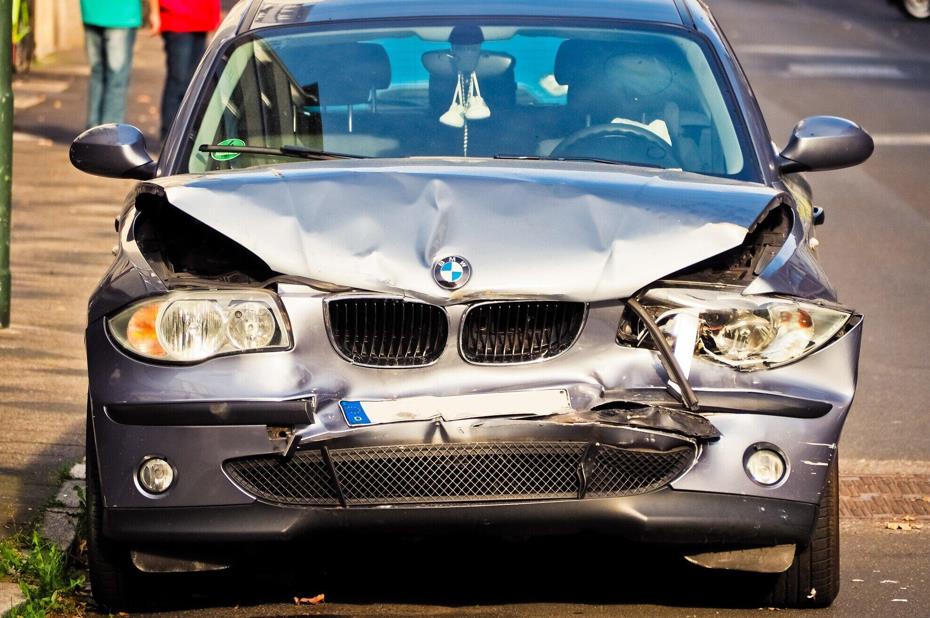Some places just seem more dangerous to drive through. Maybe it’s that one intersection where you always see crumpled bumpers or that stretch of highway that always has flashing lights and tow trucks.
The truth is, car accidents don’t happen randomly. There are specific reasons why certain spots end up with more crashes than others, and understanding those reasons can help drivers stay alert and safe.
Many people who’ve been in an accident at a known trouble spot often wonder what went wrong. In such situations, it can help to reach out to professionals, like those at William Mattar Law Offices, who are experienced in handling accident claims and helping people get the support they need.
When you know why certain areas are more dangerous than others, you can make smarter decisions while driving through them.
Poor Road Design
One of the biggest causes of accidents in certain locations is how the road is designed. Narrow lanes, sharp turns, and confusing intersections can make even careful drivers feel stressed.
In some areas, roadways may not have been built for today’s traffic volume or vehicle sizes. Poorly placed signs, limited visibility, and sudden lane merges also increase the chances of crashes.
Roundabouts, for example, reduce severe crashes in some places, but if drivers aren’t used to them, they can cause confusion and fender benders. Roads should guide drivers clearly and safely, but when design falls short, accidents follow.
Heavy Traffic and Congestion
More cars on the road usually mean more chances for accidents. In busy urban areas, especially during rush hour, drivers often get impatient or distracted. Tailgating, lane weaving, and sudden braking are all common behaviors in heavy traffic, and they increase the risk of collisions.
Areas near shopping centers, schools, or major office complexes tend to see more crashes simply because of the sheer number of vehicles coming and going, often all at once.
Bad Weather Conditions
Certain locations are more likely to see rain, fog, snow, or ice—and those conditions make driving much harder. Bridges and overpasses freeze faster than regular roads, and low-lying areas might flood during storms. If a certain stretch of road doesn’t drain well or isn’t treated quickly in winter, it can turn into a danger zone for drivers.
Even places that deal with frequent weather changes can become hazardous when drivers aren’t prepared for sudden shifts in road conditions.
High-Speed Zones
Highways and roads with higher speed limits give drivers less time to react if something goes wrong. When crashes happen at high speed, they tend to be more severe. Interchanges, on-ramps, and exit ramps can also confuse unfamiliar drivers, leading to abrupt lane changes and side-swiping accidents.
These areas are especially risky if people are merging into traffic without enough room or trying to exit at the last minute.
Distracted or Aggressive Driving Hotspots
Some areas seem to attract risky driving behavior. Maybe it’s near nightlife districts where people may be drinking or using their phones. Maybe it’s where drivers often run red lights or speed through yellow ones. Intersections with long red lights can lead to impatient or distracted drivers jumping the green.
When multiple risky behaviors combine in one place, the chance of an accident increases.
Lack of Proper Lighting
Poorly lit roads can make it harder for drivers to spot pedestrians, cyclists, and even road signs. Rural roads or suburban corners without streetlights often see more nighttime accidents. Proper lighting helps drivers see dangers ahead of time to avoid them.
Final Thoughts
Understanding why some spots see more accidents than others helps all of us become better drivers. Whether it’s road design, heavy traffic, bad weather, or poor lighting, each factor plays a role in how safe (or unsafe) a location is.
The next time you approach an accident-prone area, take a deep breath, slow down, and stay alert.
And if you’ve already been in an accident in one of these high-risk zones, don’t hesitate to get help. Safe driving starts with knowledge, and now you’ve got a little more of it to take on the road.


